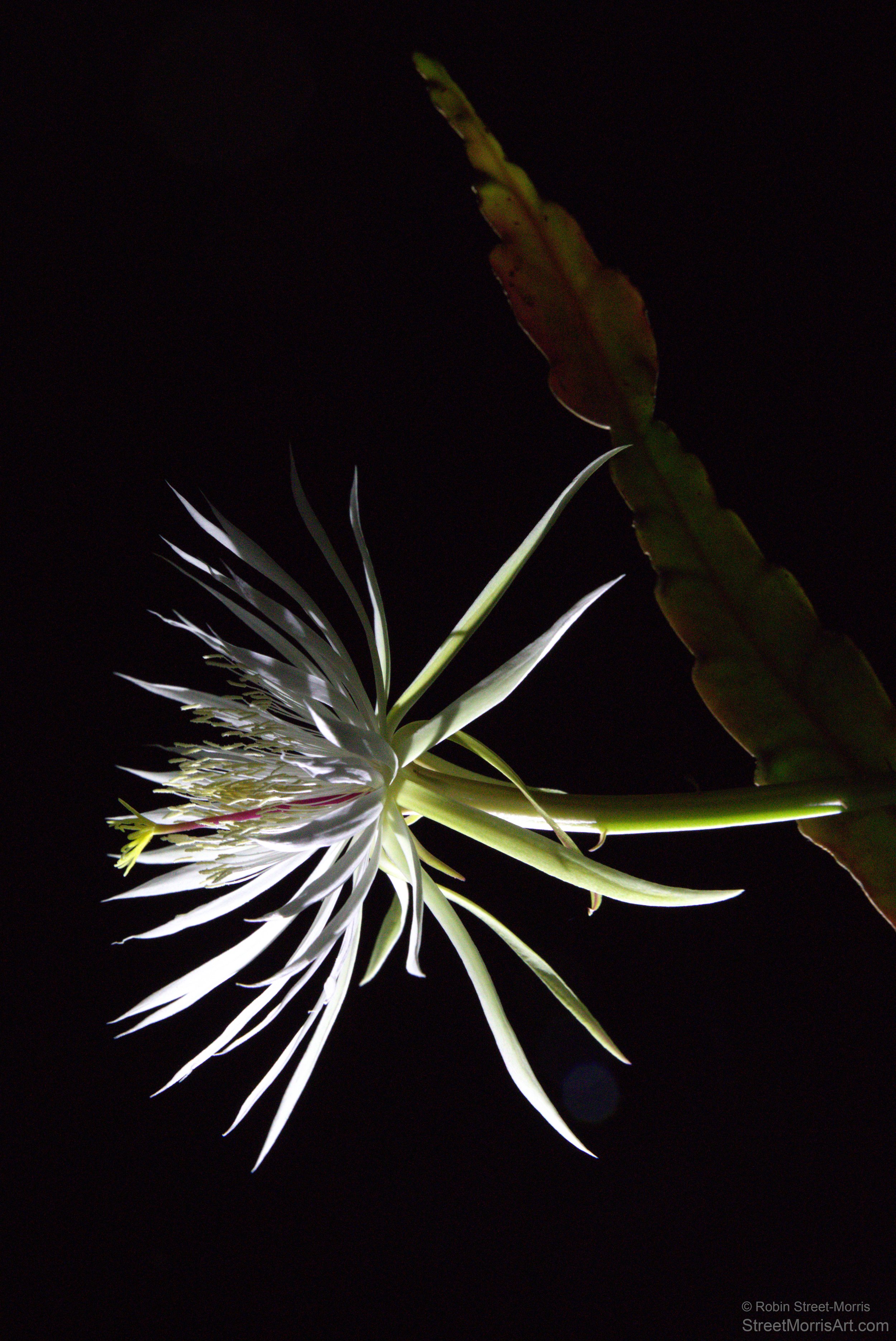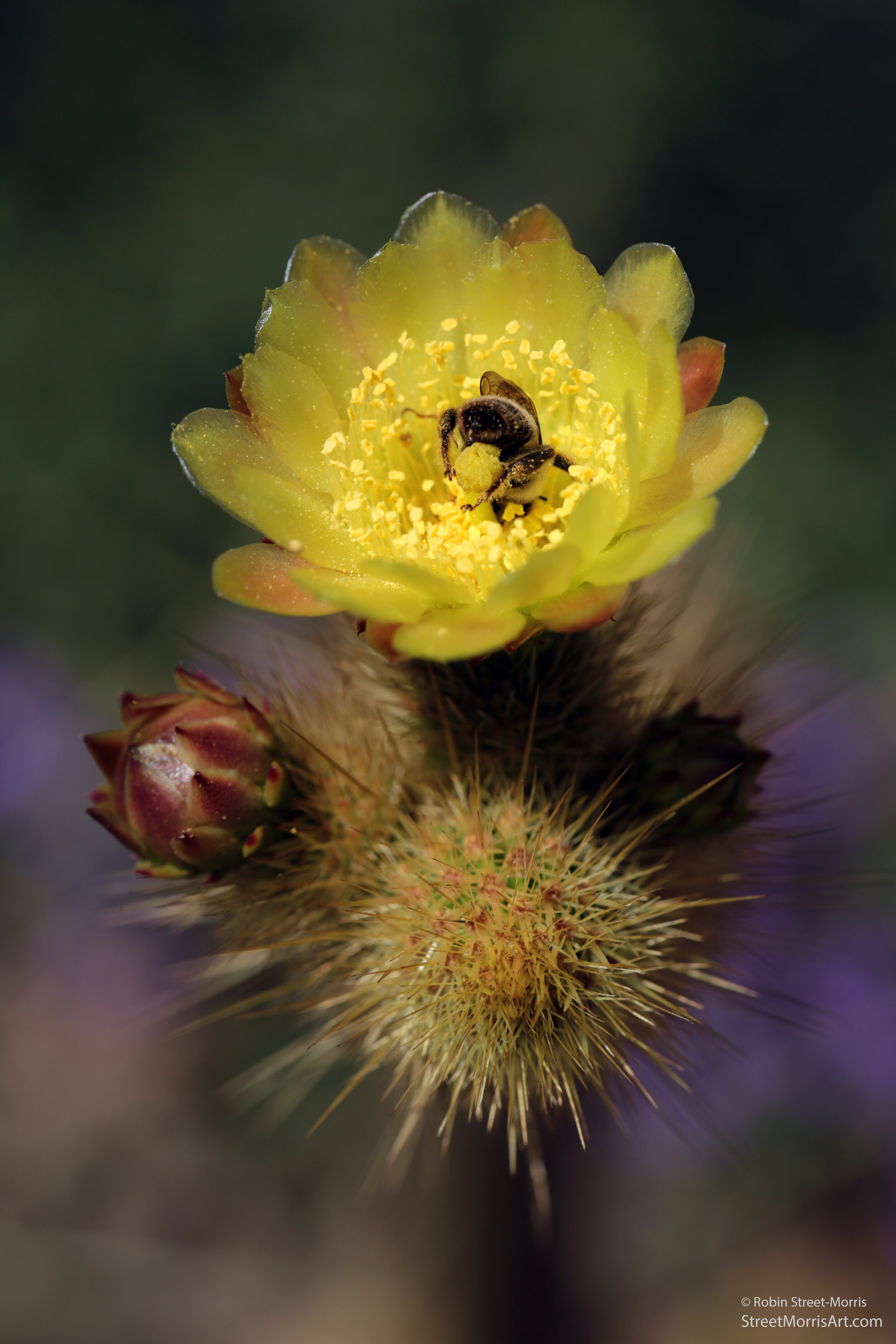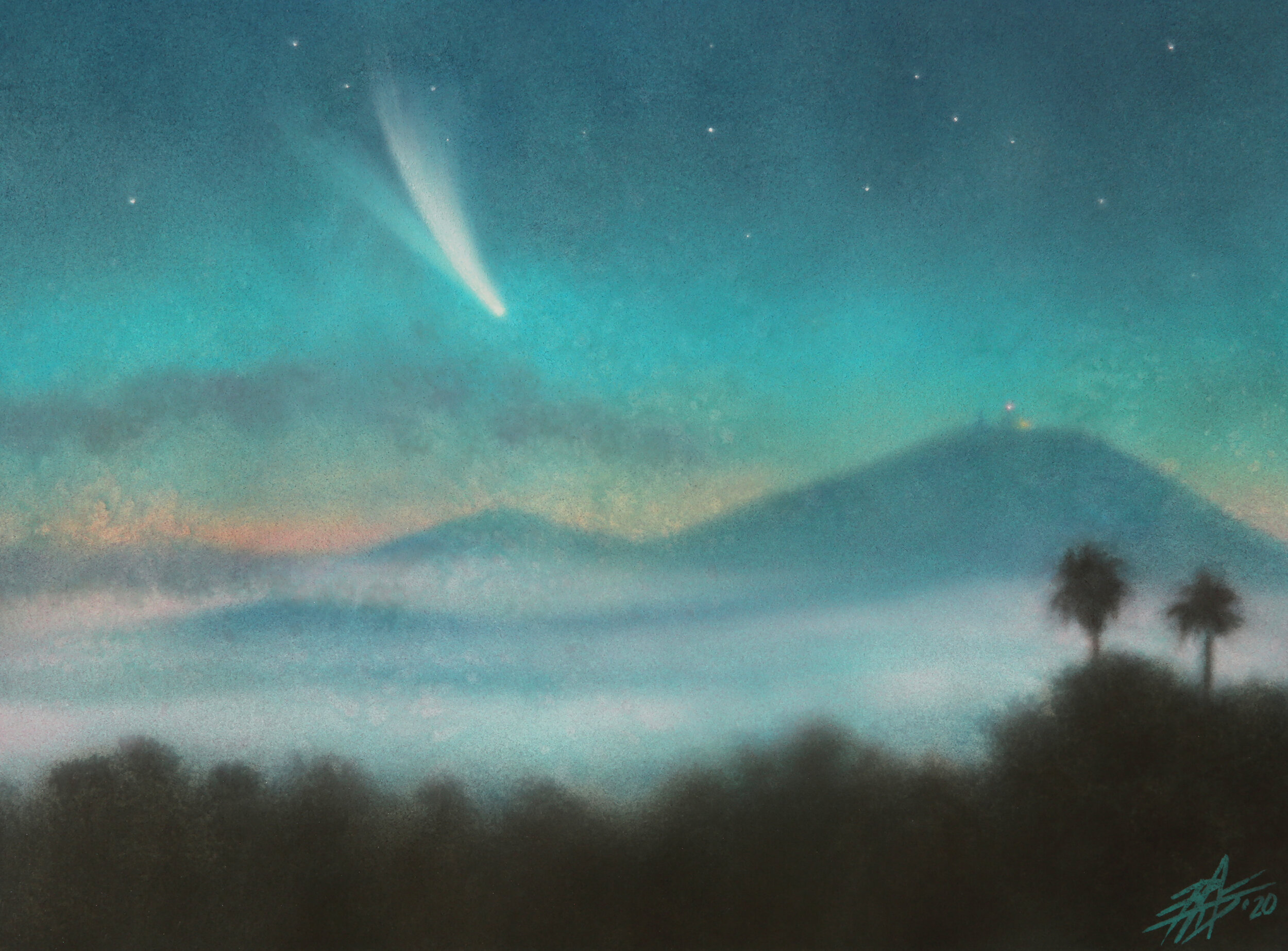I stayed up for awhile last night to enjoy and capture this Epiphyllum hookeri (Hooker's orchid cactus) in bloom. The buds open after dark for one night and fade by sunrise. The flowers are large and wonderfully fragrant.
cactus photography
spring in San Diego's desert
strawberry hedgehog cactus (Echinocereus engelmannii var. engelmannii) is stealing the show here.
strawberry hedgehog cactus (Echinocereus engelmannii var. engelmannii)
desert five-spot (Eremalche rotundifolia)
beavertail cactus (Opuntia basilaris)
This silvery young brittlebush (Encelia farinosa) is finding its way in a crevice.
A perfect bouquet of chuparosa (Justicia californica), multiple cactus species and wildflowers
Mojave desertstar (Monoptilon bellioides)
strawberry cactus (Mammillaria dioica)
teddy bear cholla (Cylindropuntia bigelovii ssp. bigelovii)
There’s nothing quite like backlit cacti at dawn and dusk.
Arizona chalk dudleya (Dudleya arizonica)
Bigelow’s moneyflower (Mimulus bigelovii var. bigelovii)
California barrel cactus (Ferocactus cylindraceus)
California barrel cactus (Ferocactus cylindraceus)
Emory's rockdaisy (Perityle emoryi)
Parish’s poppy (Eschscholzia parishii)
This ornate checkered beetle (Trichodes ornatus) was visiting Wolf’s cholla (Cylindropuntia wolfii) to grab a meal and perhaps lay eggs. I’d have liked to stick around to observe a bit more and take additional photos, but I was ready to pass out from the midday heat in this low elevation portion of the desert near the San Diego County and Imperial County lines.
Wolf’s cholla (Cylindropuntia wolfii) in all its glory
Imagine the night skies we could enjoy if we cut the lights when we weren't actively using them. Thankfully, the campground lights illuminating the foreground and skyglow from Calexico-Mexicali at left don't entirely obscure our Milky Way Galaxy when viewed from in this spot. Saving power in this respect would help migratory birds as well.
This is probably not my last post about cacti...
There don’t seem to be gloves thick enough for handling some of them. That’s why I frequently wear none to maximize my dexterity and instead use my BBQ tongs when I’m repotting them or moving them in the garden. They still nail me sometimes and I’m a little scared of my coastal cholla because we’ve had some disagreements. The funniest is certainly the time I flipped a fallen piece of it into my face with my hori-hori and it stuck to my chin. That’s probably the only selfie I should ever have bothered taking and yet I was too preoccupied with getting the cactus off of my face to think to.
San Diego barrel cactus is much tamer comparatively speaking and I adore this species. I’ve got buds on mine and many in the preserves are in flower. Toward sundown one can watch solitary cactus bees find blossoms to curl up in. This one may or may not have moved on after I saw it faceplant late in the day. Only one is visible in the shot below, but this flower had many Argentine ants swarming it and others nearby. Said invasive species makes life hard for the native pollinators and the cacti as well. These ants think nothing of attacking other small living things and I’ve wondered how often these bees get a restful night's sleep when the former are present (someone who studies them for a living surely knows).
San Diego barrel cactus (Ferocactus viridescens), Diadasia sp. and Argentine ant (Linepithema humile) in Los Peñasquitos Canyon Preserve
My golden cereus began blooming for the first time and it’s a hit with the native bees in particular. A friend of mine who was in school at the Rancho Santa Ana Botanic Garden (now the California Botanic Garden) brought it down the 15 from their nursery for me as a single stemmed plant. It’s grown its heart out since being planted and is now quite large with many branches.
Bergerocactus emoryi and Diadasia sp.
Here’re a couple of other recent beauties for the fun of it. The crimson one was purchased as Trichocereus ‘Fuente de Sangre’. Taxonomists have since said, “Um, actually, Trichocereus is really Echinopsis.” It’s chilling near some eastern Mojave buckwheat (Eriogonum fasciculatum var. foliolosum) and Aloe aculeata. Aloe peglerae and Aloe dorotheae are nearby with the latter being almost as bright as this flower. Wildflowers bloom around their skirts in season.
Echinopis ‘Fuente de Sangre’
There’s nothing wrong with spritzing one’s flowers for a photo op, but nature did it for me that morning. I wouldn’t be surprised if it’s the last time we see rain other than fog here until fall.
Echinocereus chloranthus
Parodia uebelmannianus f. flaviflorus
Echinopsis ‘Edwardian Lady’
And here’s one from the garden for those who can’t be brought over to the spiny side unless roses are involved. As part of our ongoing hillside project, I added a San Diego mountain lilac (Ceanothus cyaneus) in a one gallon pot last fall. If it survives its first hot summer (and the Argentine ants don’t farm mealybugs and scale around its roots) it should do well from there desiring no supplemental water. That’s a big “if,” but I planted it with a black sage (Salvia mellifera) and placed some large rocks around it in an attempt to keep its roots cool.
Epiphyllum oxypetalum
This remarkable cactus’s blossoms are enormous, heavily fragrant and only open for one night each. If I want to photograph it I need to be willing to stay up late because they fade by dawn. I appreciated it for awhile the first time it bloomed this summer and headed to bed a bit sad because I was too weary to give it the attention it deserved. I committed to capturing some photos of its second flush because that may be it for the year. I placed my trail camera with night vision in front of both bloomings hoping to catch a pollinator, but no luck with that so far, “just” a bobcat and some raccoons.
Incoming Fog and Comet NEOWISE
…is my latest mixed media painting inspired by our recent visitor that has captivated me and many others for weeks. I was up night after night trying to catch the comet over Black Mountain from our yard, but the fog repeatedly sent me back to bed disappointed. Finally, I saw at around 3AM that it was clear and headed out back to enjoy and photograph the peaceful view. Around 5AM fog began to curl around the base of the mountain. A few minutes later I could barely make out anything past our fence.
Unrelated, here’s another bloomer I’ve been home to enjoy this month because of the pandemic rather than traveling. Like the Epiphyllum hookeri I mentioned recently, each one of these giant, night-fragrant blossoms opens after dark and closes by dawn. I know this plant as Cereus peruvianus ‘Monstrosus’. This cutting was gifted to me several years ago when I met up with some patrons in California who discovered my art online when I lived in Detroit. Plant presents are hard to top in my book.
Ferocactus townsendianus
After purchasing this beautiful barrel cactus in Tucson at Desert Survivors Native Plant Nursery last year, I remember putting it out on the balcony of our hotel room and watching in delight as broad-billed hummingbirds visited its flame-like flowers. I'd enjoy setting aside a slow afternoon just to see if my local hummingbirds here in San Diego do the same.







































